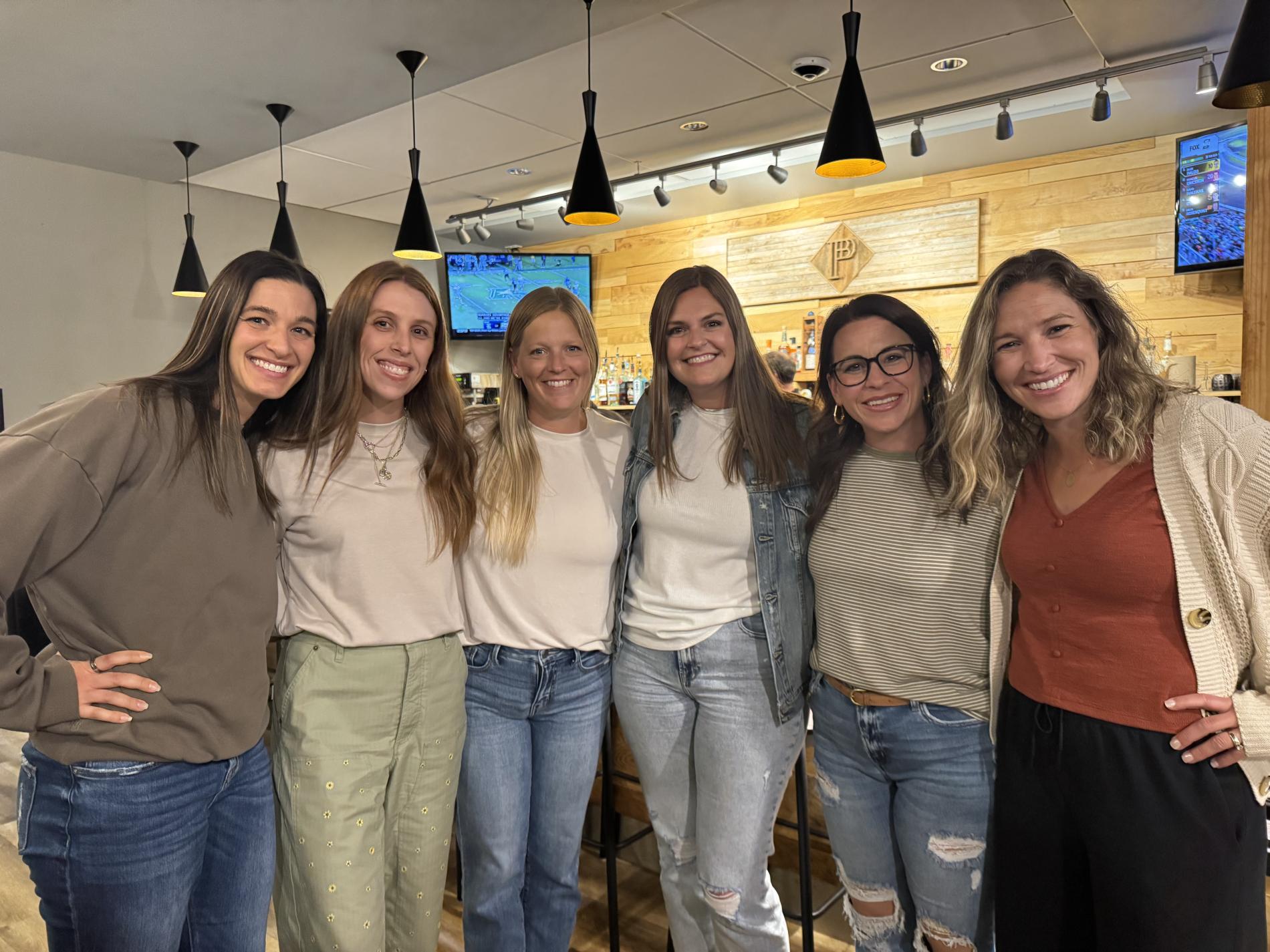As I sit here scrolling through my collection of soccer team logos, I can't help but marvel at how these simple designs carry such profound cultural weight. Having studied sports branding for over a decade, I've come to appreciate that these emblems are far more than just decorative symbols - they're visual narratives that capture the very soul of football clubs and their communities. The conversation around sporting icons often focuses on players and their achievements, much like that recent interview where a basketball star downplayed personal milestones, saying "if it comes, it comes, man. It's not a goal, it's not something I will get something out of if I achieve." This perspective resonates deeply with me when examining team logos - their power lies not in chasing trends but in authentically representing identity and heritage.
Let me start with one of my personal favorites - FC Barcelona's crest. Now, I'll admit I'm slightly biased toward this one, having lived in Catalonia during my research years. The current design, adopted in 1910 after a public competition, features the Catalan flag, the Cross of Saint George, and the club's colors. What fascinates me isn't just its visual appeal but how it became a symbol of Catalan identity during Franco's regime when regional symbols were suppressed. The logo's evolution tells a story of resistance and cultural pride that transcends sports. I've seen firsthand how Barça fans treat this emblem almost as a family crest - it's woven into the fabric of their identity in ways that commercial brands can only dream of replicating.
Moving across Europe, we encounter the majestic eagle of Benfica. Having visited their museum in Lisbon, I developed a genuine appreciation for how this Portuguese club has maintained visual consistency while subtly modernizing their iconic eagle. The current version, refined in 1999, preserves the essence of designs dating back to 1904. What struck me during my research was discovering that the eagle motif was actually inspired by the coat of arms of the club's first president - a detail even many die-hard fans might not know. This connection to founding figures appears repeatedly in logo histories, creating tangible links to a club's origins that new generations can literally wear on their sleeves.
Now, let's talk about the Premier League's most recognizable symbol - Liverpool's Liver Bird. I remember my first visit to Anfield, seeing that iconic bird everywhere and feeling the weight of history it carried. The current iteration, introduced in 2012, simplified previous versions while maintaining the iconic shield shape that dates back to the 1950s. The club's meticulous approach to their visual identity demonstrates something crucial - successful logos balance tradition with contemporary relevance. Liverpool's crest has undergone at least 12 significant revisions since the club's founding in 1892, yet each change respected the core elements that make it instantly identifiable. In my professional opinion, this evolutionary approach proves more effective than radical rebrands that often alienate traditional supporters.
Crossing the Atlantic reveals fascinating developments in MLS branding. As someone who's consulted for sports franchises, I've seen how newer clubs approach logo design with different priorities. Atlanta United's striking gold-and-black emblem, launched in 2015, incorporates the phoenix myth central to the city's identity while using clean, modern aesthetics that work brilliantly across digital platforms. The circle motif subtly references the city's nickname as "The City in a Forest" through its tree-ring inspiration - a detail I particularly admire for its sophistication. This thoughtful integration of local symbolism demonstrates how new clubs can build meaningful identities without relying on European traditions.
The conversation inevitably turns to Juventus's controversial 2017 rebrand. Now, I'll be honest - when I first saw the minimalist J-shield replacing the classic oval badge, I was among the skeptics. However, having studied its implementation across their global brand ecosystem, I've come to appreciate the strategic thinking behind this bold move. The club reportedly invested approximately €12 million in developing this new identity, aiming to create a more flexible visual system for commercial expansion. While traditionalists (myself included) mourned the loss of historical elements, the business rationale proved sound - merchandise revenue increased by nearly 17% in the first year post-rebrand. This case exemplifies the tension between heritage and commercial imperatives that modern clubs navigate.
What continues to fascinate me is how these symbols become embedded in fan culture. During my fieldwork in Buenos Aires, I witnessed how Boca Juniors' iconic gold-starred badge functions as a social signifier beyond football. The logo appears in street art, tattoos, and neighborhood landmarks, weaving the club's identity into the urban landscape. Similarly, Celtic's four-leaf clover emblem carries religious and cultural significance that resonates deeply within the Irish-Scottish community. These observations reinforce my belief that the most powerful logos transcend their commercial function to become genuine cultural artifacts.
Reflecting on these diverse examples, I'm struck by how team logos embody the complex relationship between tradition and innovation in global football. They must honor history while remaining relevant to new generations of fans. They need to work equally well on century-old stadium gates and smartphone screens. The most successful designs, in my view, achieve this balance by maintaining core symbolic elements while allowing for thoughtful evolution. As that athlete's quote reminded us, the deepest meaning often emerges not from chasing external validation but from authentic self-expression. In the world of football crests, this translates to designs that genuinely reflect a club's identity rather than blindly following design trends. The enduring power of these iconic symbols lies in their ability to tell continuing stories - of cities, of communities, of shared passions that transcend the ninety minutes on the pitch.

